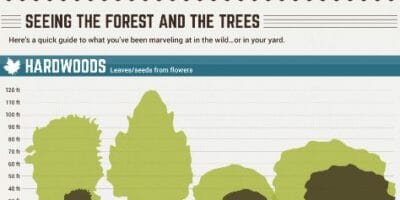Reviewing Tree Health And Wellness: Guidelines For Choosing Tree Elimination
Reviewing Tree Health And Wellness: Guidelines For Choosing Tree Elimination
Blog Article
Short Article By-Lindgaard Holme
If you've ever wondered about the destiny of the trees on your residential or commercial property, recognizing when it's time for removal is essential. However just how do you establish if a tree can be conserved or if elimination is the only alternative? By seeking specific indicators and examining security threats, you can make informed choices that profit both your landscape and your environments. Let's check out the vital aspects that enter into play when choosing the fate of a tree and how you can make sure the best end result for your environment-friendly companions.
Signs of Tree Decline
If you observe any of the adhering to indicators of tree decline in your backyard, it may be time to consider tree elimination.
One typical sign is dead or rotting branches, which can suggest underlying problems affecting the tree's health and wellness. Look out for discolored or shrivelled leaves that continue despite proper treatment, as this could be an indicator of disease or bugs.
One more warning signal is excessive leaning or an obvious change in the tree's base, which may suggest origin concerns or structural instability. Watch out for fungal growth on the trunk or roots, as this can suggest rot and endanger the tree's stability.
In addition, if you observe huge splits in the trunk or major arm or legs, it's critical to attend to these concerns immediately to stop potential hazards. Resolving these indications of tree decline quickly can help preserve the safety and visual appeals of your yard atmosphere.
Security Issues
To make sure the wellness of your residential property and those around you, prioritizing safety and security issues related to trees is vital. Trees can position different safety and security dangers if not appropriately maintained. Dead or rotting branches might fall all of a sudden, jeopardizing individuals or harmful frameworks.
Leaning pop over to this site can also be unsafe, especially if they're leaning in the direction of a building or power lines. In addition, trees with considerable origin systems near foundations or underground energies can trigger considerable damage over time.
It's vital to frequently inspect your trees for any type of indicators of prospective danger. Look out for cracks in the trunk, big cavities, or signs of illness and degeneration. If you discover any one of these problems, it's finest to consult with a professional arborist to assess the scenario and identify the required strategy.
Taking proactive steps to attend to safety issues promptly can prevent mishaps and building damages in the future. Bear in mind, the safety and security of your building and those around you must constantly be the top concern when it comes to tree upkeep.
Consulting an Arborist
When considering the health and safety of your trees, speaking with an arborist is an important step. Arborists are educated experts who specialize in the treatment and upkeep of trees. They can examine the total health of your trees, determine any problems such as illness or structural troubles, and provide professional suggestions on the best strategy.
By speaking with an arborist, you can get valuable insights right into the condition of your trees and identify whether elimination is needed. Arborists have the knowledge and experience to review the risks associated with maintaining a tree versus removing it. They can additionally offer assistance on alternate services, such as pruning, cabling, or bracing, to assist preserve the tree whenever possible.
Additionally, arborists can assist you browse any type of local policies or permits that might be needed for tree removal. Their expertise can make sure that the procedure is carried out safely and in conformity with any kind of suitable regulations.
Verdict
To conclude, when identifying whether trees can be conserved or if removal is necessary, it is essential to consider indicators of decline and security concerns. Consulting an arborist for a thorough assessment is crucial in making the most effective decision for the tree's health and potential risks. Bear in mind, aggressive care and prompt action can aid maintain trees and protect against accidents.
